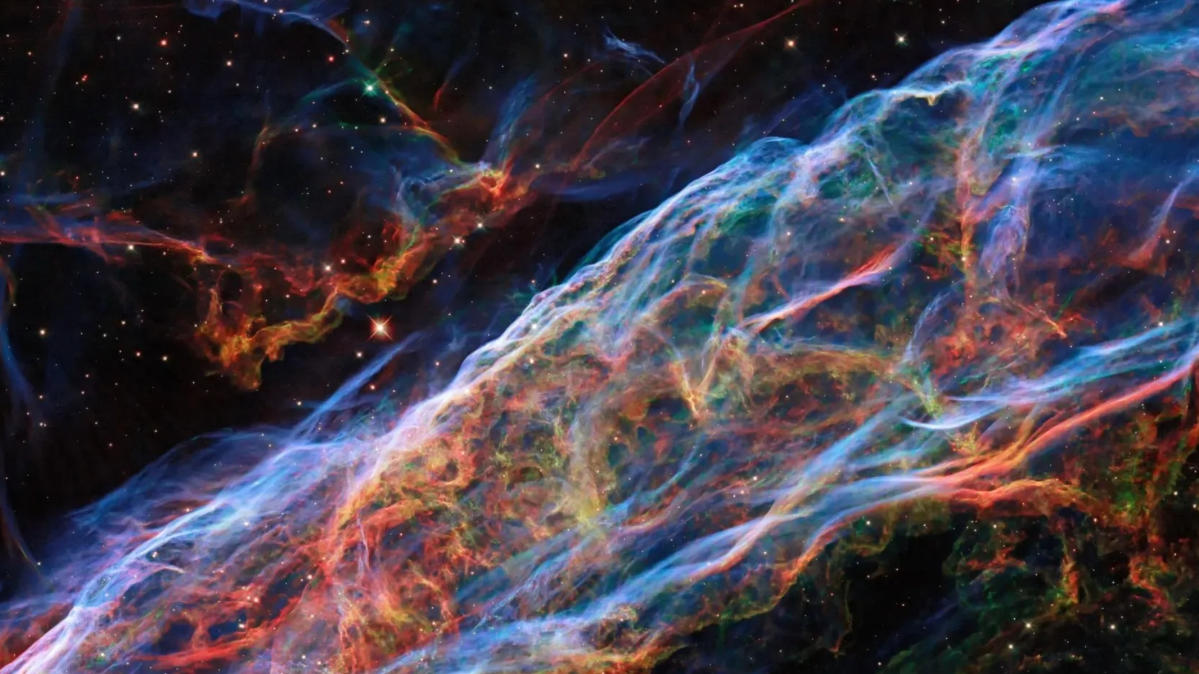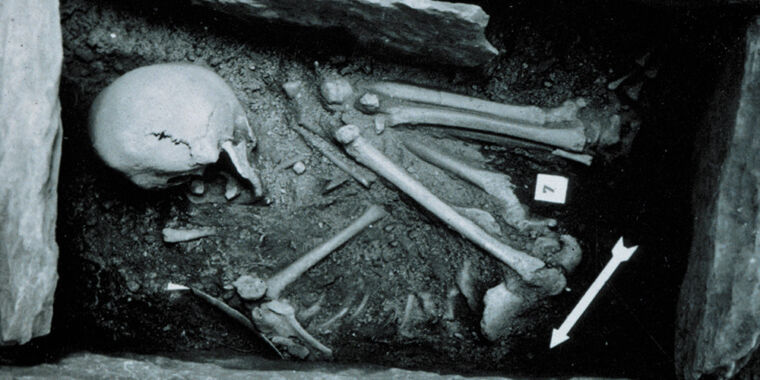There’s no better way to understand the life cycle of stars than watching it unfold.
This weekend, a NASA rocket will study a dramatic stellar event about 2,600 light-years from Earth in the constellation Cygnus. In that pocket of the universe, a once massive star, perhaps 20 times the size of our sun, exploded in a brilliant supernova that would have been bright enough for those on Earth to see with an unaided eye, even during the day.
Although the blast occurred some 20,000 years ago, star matter ejected during the explosion is still fanning out at 930,000 miles (1.5 million kilometers) every hour — it spanned three times the size of a full moon back in 2012 and is now thought to be 120 light-years across.
Related: Supernova photos: Great images of star explosions
The remnant, known to astronomers as the Cygnus Loop, is quite a rare find, as it reflects an ongoing supernova blast. It is showing us in real time how heavy elements that formed in the late star’s heart are returned back into the universe, where the next generation of stars and galaxies will inherit them and manifest across eons.
“Supernovae like the one that created the Cygnus Loop have a huge impact on how galaxies form,” Brian Fleming of the University of Colorado Boulder, who is the principal investigator for the upcoming mission, said in a statement.
Fleming and his team will observe the Cygnus Loop on Sunday by launching an instrument atop a small sounding rocket into suborbital space.
Lifting off from New Mexico Sunday at 11:35 p.m. ET (0335 GMT on Oct. 30), the INFUSE mission (short for “Integral Field Ultraviolet Spectroscopic Experiment”) is expected to collect information about the remnant for a few minutes from a height of 150 miles (240 km).
RELATED STORIES:
— Super-close supernova captivates record number of citizen scientists
— A nearby supernova could reveal the secret lives of ghostly neutrinos. Here’s how
— NASA rockets search for hurricane-like swirls at the edge of space
Specifically, the instrument will gather light streaming from the Cygnus Loop in far-ultraviolet wavelengths. This glow shows that the remnant’s sizzling dust and gas, thought to be between 90,000 and 540,000 degrees Fahrenheit (about 50,000 to 300,000 degrees Celsius), is crashing into frigid cold gas in space as it expands.
“INFUSE will observe how the supernova dumps energy into the Milky Way by catching light given off just as the blast wave crashes into pockets of cold gas floating around the galaxy,” Fleming said in the same statement.
Astronomers say this data will tell them where specific elements lie along the remnant, and ultimately help them understand life cycles of stars and galaxies.

Daisy Hips is a science communicator who brings the wonders of the natural world to readers. Her articles explore breakthroughs in various scientific disciplines, from space exploration to environmental conservation. Daisy is also an advocate for science education and enjoys stargazing in her spare time.








